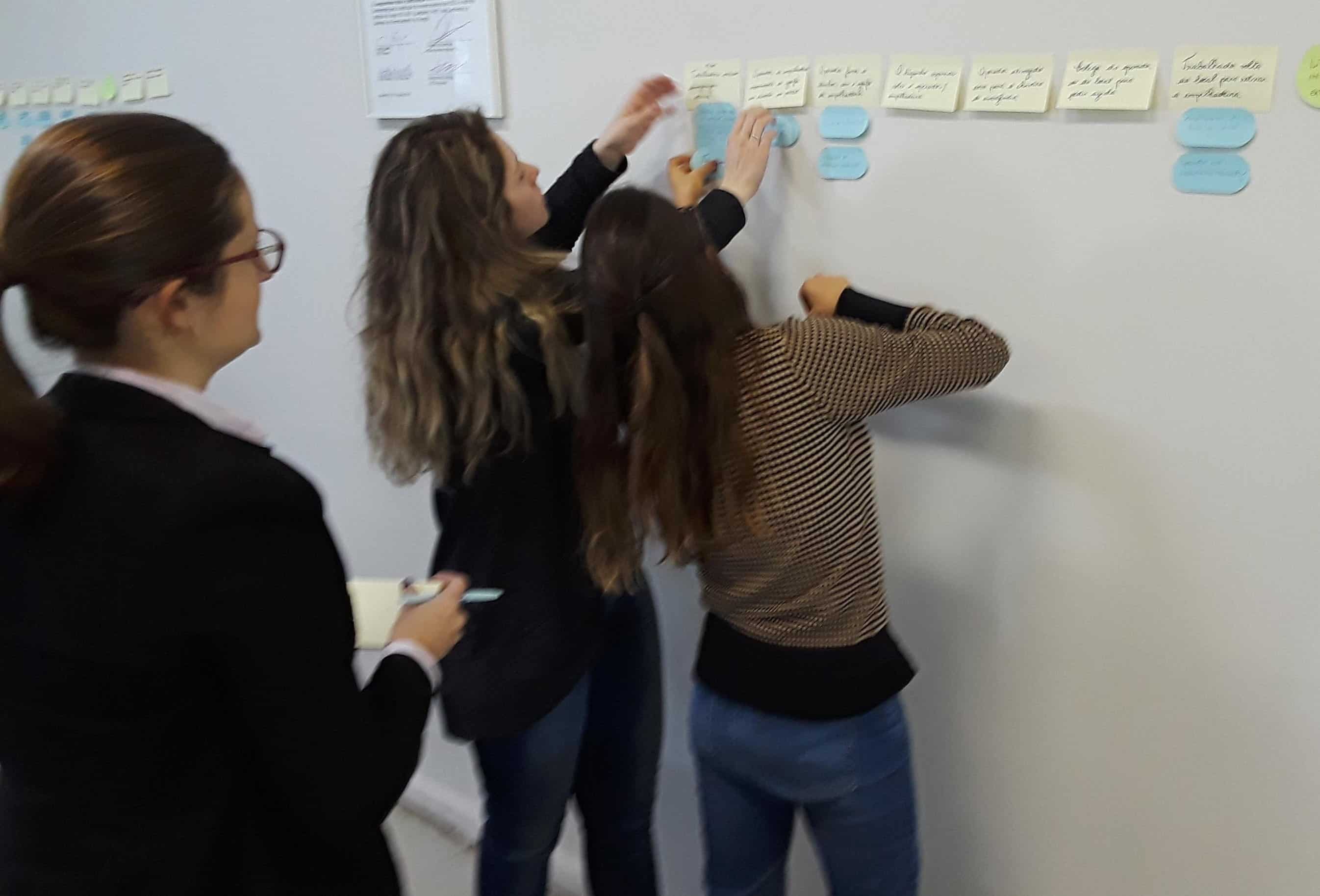The Psychology of Incident Prevention: Understanding Human Behavior with TapRooT® RCA

Incident prevention is a top priority for organizations across various industries. While implementing safety procedures and protective measures is essential, understanding the psychology behind incident prevention can provide deeper insights into improving workplace safety. One approach that combines psychology with incident prevention is the TapRooT® System. In this blog article, we will delve into the psychology of incident prevention and explore how the TapRooT® methodology leverages human behavior to enhance safety in the workplace.
The Psychology of Incident Prevention
Understanding human behavior is critical when it comes to preventing incidents. Several psychological factors come into play in workplace safety:
- Complacency: Employees may become complacent when they perceive a task as routine or low-risk. This can lead to lapses in attention and an increased likelihood of errors.
- Overconfidence: Overconfidence in one’s abilities can lead to risky behavior, as individuals may underestimate potential hazards.
- Risk Perception: How individuals perceive and evaluate risks significantly impacts their safety behaviors. A misperception of risk can result in unsafe actions.
- Motivation: Employee motivation plays a role in safety. If employees are motivated to follow safety procedures, the likelihood of incidents decreases.
- Stress and Fatigue: High levels of stress and fatigue can impair cognitive function and increase the likelihood of errors and accidents.
- Communication: Effective communication is crucial in ensuring that safety information is understood and acted upon.
The Role of TapRooT® in Incident Prevention
The TapRooT® system is a comprehensive incident investigation and root cause analysis methodology incorporating psychology and human factors. It focuses on understanding why incidents occur by delving into the causal factors and human behaviors involved. Here’s how TapRooT® leverages psychology to enhance incident prevention:
- Human Performance: TapRooT® recognizes the role of human performance in incidents and investigates the psychological factors contributing to errors and accidents.
- Root Cause Analysis: The methodology digs deep into the root causes of incidents, addressing underlying psychological and organizational factors.
- Behavior Analysis: TapRooT® uses behavior analysis tools to understand the actions of individuals leading up to an incident, shedding light on cognitive and behavioral patterns.
- Corrective Actions: TapRooT® helps organizations develop effective corrective actions by addressing the psychological aspects of incidents and preventing their recurrence.
TapRooT® RCA courses
Our public TapRooT® Root Cause Analysis courses are ideal for teams and individuals looking to improve performance, prevent incidents, and proactively tackle problems. Through our training, hundreds of thousands have learned to use TapRooT® Root Cause Analysis to identify and fix issues effectively.

Click the links and learn more about each TapRooT® course. Or call us at 865-539-2139 to speak with an instructor.
- 2-Day Root Cause Analysis
- 5-Day TapRooT® Advanced Root Cause Analysis Team Leader Training
- 2-Day Equifactor® Equipment Troubleshooting
- Virtual TapRooT® Root Cause Analysis Courses
- Stopping Human Error Course
You can find several of the topics mentioned above at our annual event, the Global TapRooT® Summit. Check out our extensive Pre-Summit training courses and join us at the Summit, where you can attend best practice sessions, keynote presentations, network with peers, and have a lot of fun!
Conclusion
Understanding the psychology of incident prevention is crucial for organizations aiming to create safer workplaces. The TapRooT® methodology provides a valuable framework to enhance safety and prevent incidents. By addressing the root causes of incidents, focusing on behavior analysis, and implementing effective corrective actions, TapRooT® empowers organizations to proactively improve safety, reduce risks, and protect their employees and stakeholders.
Feel free to contact me or follow me on LinkedIn for more TapRooT® RCA content.




